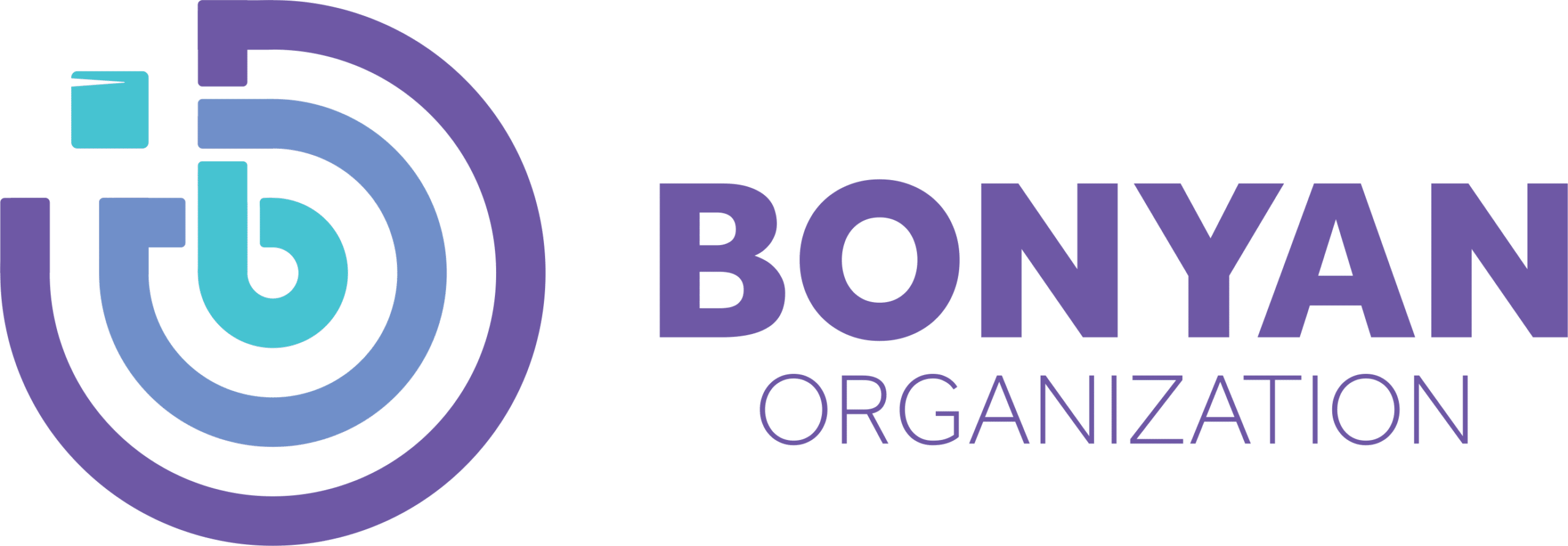Educating women is the fastest way to make real fundamental changes in the world.
How?
A recent World Bank study estimates that the “limited educational opportunities for girls, and barriers to completing 12 years of education, cost countries between (15 trillion and 30 trillion US$) in lost lifetime productivity and earnings.”
Now, this fact says that educating women can help lift households, communities, and countries out of poverty.
Why is it Important to Educate Women?
“Give me an educated mother, and I shall promise you the birth of a civilized, educated nation,” said Napoleon
A well-educated woman provides the skills, knowledge, and self-assurance necessary to be a better mother, worker, and citizen. A well-educated woman will also be more productive and well-paid at work.
Educated women will choose to marry at a suitable mature age, choose a better life partner for them, and be better fathers for their children.
Educated women will establish mentally, physically, and well-nourished families that can take their place in the world and be proactive and productive in their lives and communities.
Educated women will set higher standards for themselves and everyone dealing with them, thus leading the whole community to higher standers of its own.
Education is a key factor to anyone’s success in life; however, educating women will nourish and lead their families and society to prosperity in the long run.
Indeed, the return on investment in education is often higher for women than for males.
Education is their Basic Right
Receiving an equal education is everyone’s right, to begin with.
However, educated girls can make informed choices – and from a far better range of options.
Educating girls saves lives and builds stronger families, communities, and economies.
An educated female population increases a country’s productivity and fuels economic growth.
And this face was supported by a study done a few years ago saying that some countries lose more than $1 billion a year by failing to educate girls to the same level as boys.
Helps to Eradicate Poverty
It is a scientific fact; Education can end poverty!
Education supports people in developing social, emotional, cognitive, and communication skills in addition to the knowledge they gain.
Education is the great equalizer: It can open the door to jobs, resources, and skills that help a person not only survive but thrive.
This is why access to quality education is a globally-recognized solution to poverty.
Education helps remedy many other issues that can keep people, families, and even whole communities vulnerable to the cycle of poverty. And definitely can eradicate poverty.
Education Leads to the Development of the Nation
The key to the nation’s development lies in educating girls and women. to cultivate their inner power and talent.
Giving them a supportive, safe space for them to grow bigger, become wiser, and more vital, taking their place as dynamic leaders in their communities to lead all generations yet to come.
National development indicators are the awakened mind, proper knowledge, sophisticated skills, and the desire to improve.
Education helps unfold the latent powers or talents to harness the process of national and personal development.
Talents and virtues through education surely contribute to a nation’s progress.
Thus, education is considered a means to harness talents and virtues for achieving the development of a nation in all its facets.
Challenges and Barriers to Women’s Education
Although all countries worldwide have extremely developed on all levels, women’s education is still facing a set of barriers in some countries around the world, whether for being a poor country, or suffers from a fundamental shortage in livelihood sources, or being under brutal armed conflict or severe war.
The reasons have varied, and the outcome is still the same.
Education for women is decreasing with time.
Here are some of the main challenges and barriers women’s education is facing …
Gender Bias
Gender bias in schools and classrooms may also reinforce messages that affect girls’ ambitions and perceptions of their societal roles, producing labor market engagement disparities and occupational segregation.
When gender stereotypes are communicated through the design of school and classroom learning environments or through the behavior of faculty, staff, and peers in a child’s school, it goes on to have a sustained impact on academic performance and choice of field of study, primarily negatively affecting young women pursuing science, technology, engineering, and mathematics disciplines.
Poverty
It is one of the most critical elements for determining whether a girl can access and complete her education.
Studies consistently reinforce that girls who face multiple disadvantages — such as low family income, living in faraway places or underserved locations, or who have any type of disabilities, or belong to a minority ethnolinguistic group — are farthest behind in terms of access to education and its completion.
Violence
Violence is another critical factor preventing girls from accessing or completing their education.
Most girls live in remote places and have to take a long walk to school, which puts them at risk of sexual violence or sexual abuse.
Most recent data estimates that approximately 60 million girls are sexually assaulted on their way to or at school every year.
This often has severe consequences for their mental and physical health and overall well-being, leading to lower attendance and higher dropout rates.
An estimated 246 million children experience violence in and around school annually; therefore, ending school-related gender-based violence is critical.
Early Marriage
Early marriage is much more likely to force girls to drop out of school.
They are more likely, as well, to have children at a young age and are exposed to higher levels of violence perpetrated by their partners, which will have negative impacts on the health of themselves and their children as well.
Not to mention the outcomes due to the absence of their education and their ability to earn a decent living.
According to a recent report, more than 41,000 girls under the age of 18 marry every day.
Putting an end to this practice would increase women’s expected educational attainment and, along with it, their potential earnings.
According to the report’s estimates, ending child marriage could generate more than US$500 billion in benefits annually each year.
Donate Now to Help Women Get an Education
Education empowers women, and by empowering women, we put the force of the world on the move.
Let’s give them the power to grow, strive, and turn their lives around.
Bonyan Organization takes education seriously and profoundly.
Be a part of this life turn, and let’s build our future together.



